Taking a plunge into ice-cold water for health and wellness has become an increasingly popular practice. But to reap the full benefits of cold water immersion therapy, it's important to understand the ideal water temperature and duration for a cold plunge. In this comprehensive guide from Airpuria, we'll provide research-backed recommendations on cold plunge best practices.
What is the Ideal Water Temperature for a Cold Plunge?
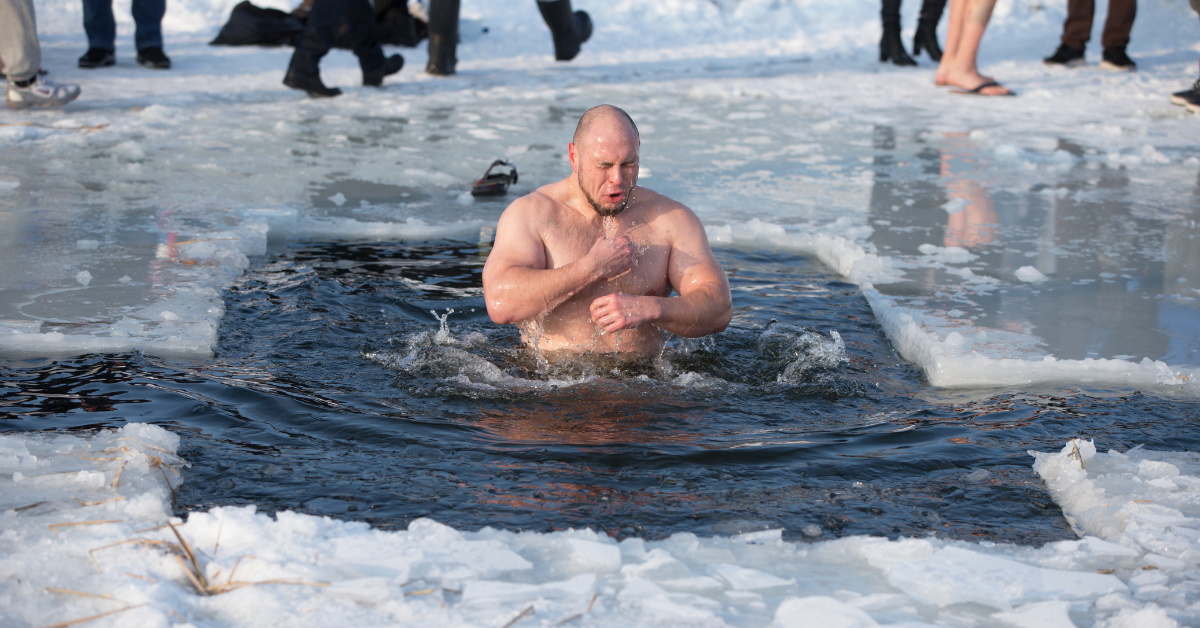
When it comes to cold plunge temperature, colder is not always better. Plunging into freezing water below 50°F (10°C) can cause shock to your system. A safer bet is to aim for water temperatures between 50-60°F (10-15°C).
Several studies show 50-59°F (10-15°C) water provides optimal stimulation of your cardiovascular system and adrenal glands without being overly shocking. Within this range, 55°F (13°C) may be considered an ideal "sweet spot." At 55°F, you'll reap the benefits of cold exposure while avoiding excessive stress on your body.
If you're new to cold plunging, begin with warmer temperatures around 60°F (15°C) and work your way down as you acclimate. You can always make the water colder, but shocking your entire body with extremely frigid temperatures too soon can be counterproductive.
When using a cold plunge tub like the Medical Frozen™ series, you can precisely control water temperature by dialing it into your optimal range for safe cold water immersion.
How Long Should You Stay in a Cold Plunge?
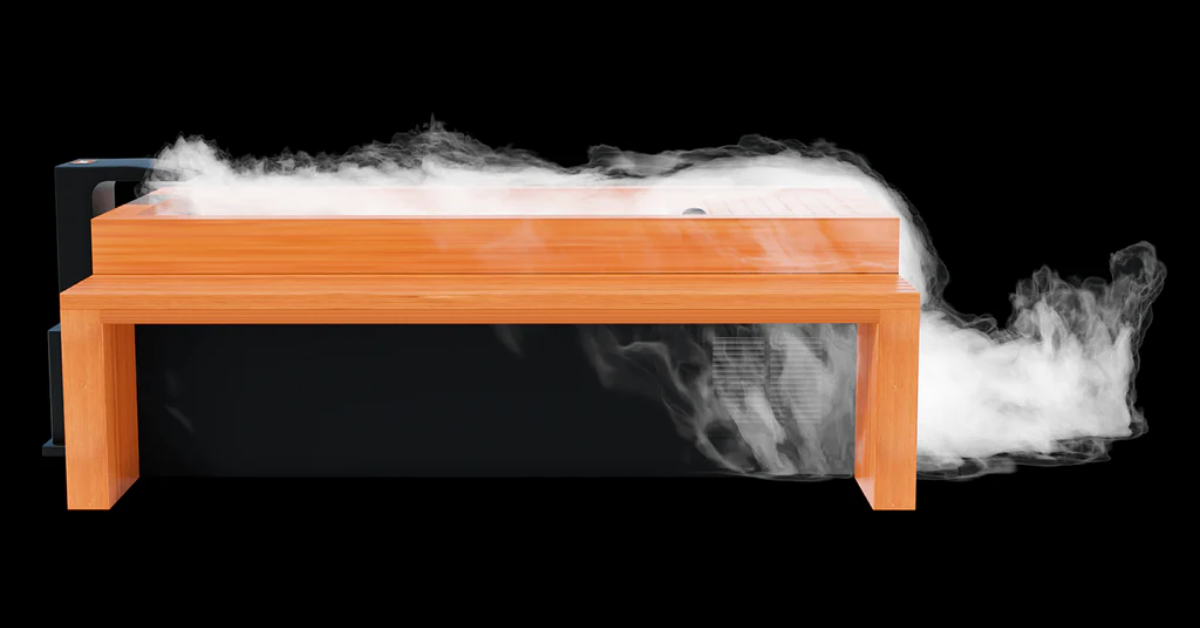
Along with ideal temperature, duration is a key factor for effective cold plunging. When just starting out, limit your cold plunges to 30-90 seconds. This exposes your body to cold thermogenesis without overdoing it.
After regularly cold plunging for several weeks, you can gradually increase immersion time to 2-3 minutes per session. Athletes who use ice baths for exercise recovery may stay up to 5-10 minutes as they acclimate.
Staying in a cold plunge too long can cause your core body temperature to go too low, making the blood vessels in your extremities dangerously constrict, placing you at risk of hypothermia and frostbite. Therefore, keep sessions brief when you first start out, and you can build up gradually over time. It's essential to listen to your body and get out of the cold plunge when you feel ready.
How Often Should You Take Cold Plunges?
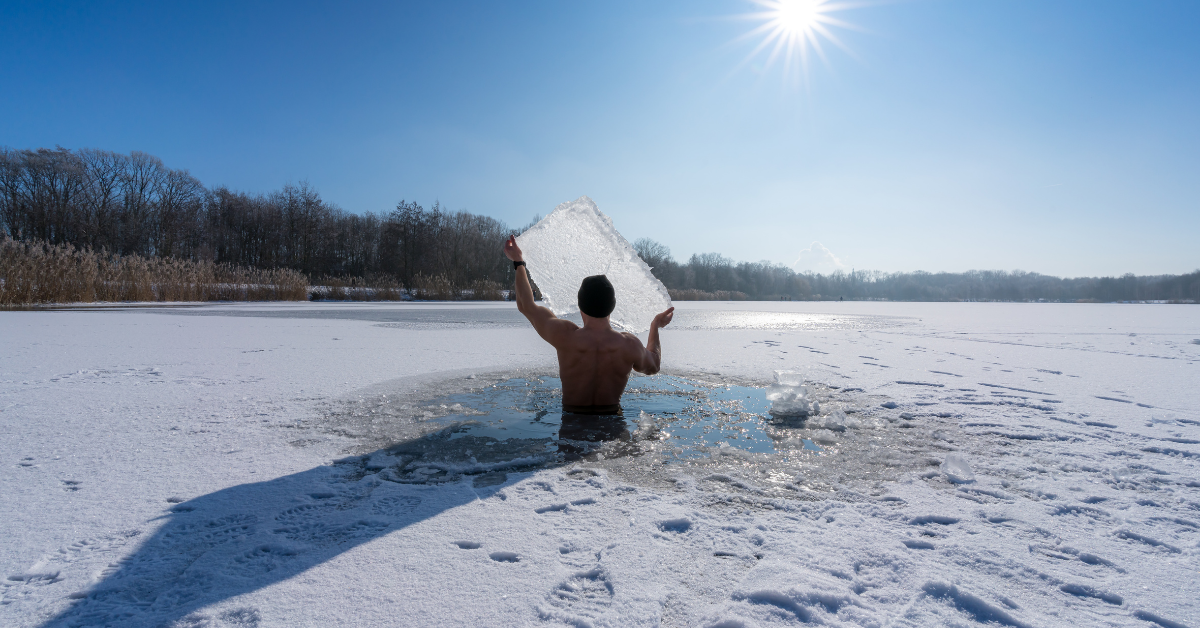
Consistency is key to harnessing the many potential benefits of cold water immersion. But more isn't always better when it comes to cold plunge frequency.
For general health, it is recommended to cold plunge 3-4 times per week. This allows your body time to recover between sessions. On the other hand, athletes who use ice baths to aid muscle recovery after intense training may cold plunge daily.
When beginning cold plunge sessions, it's wise to start with just 2-3 sessions in the first few weeks. Observe how your body responds and gradually increase the frequency from there. Allowing 1-2 days of rest between sessions is essential to give your nervous system sufficient time to reset and recover.
Be sure to stop cold plunging if you experience any adverse reactions like chronic coldness, fatigue, or mental distress. These may be signs you need to scale back and allow your body more time to adapt.
Preparing for a Cold Plunge
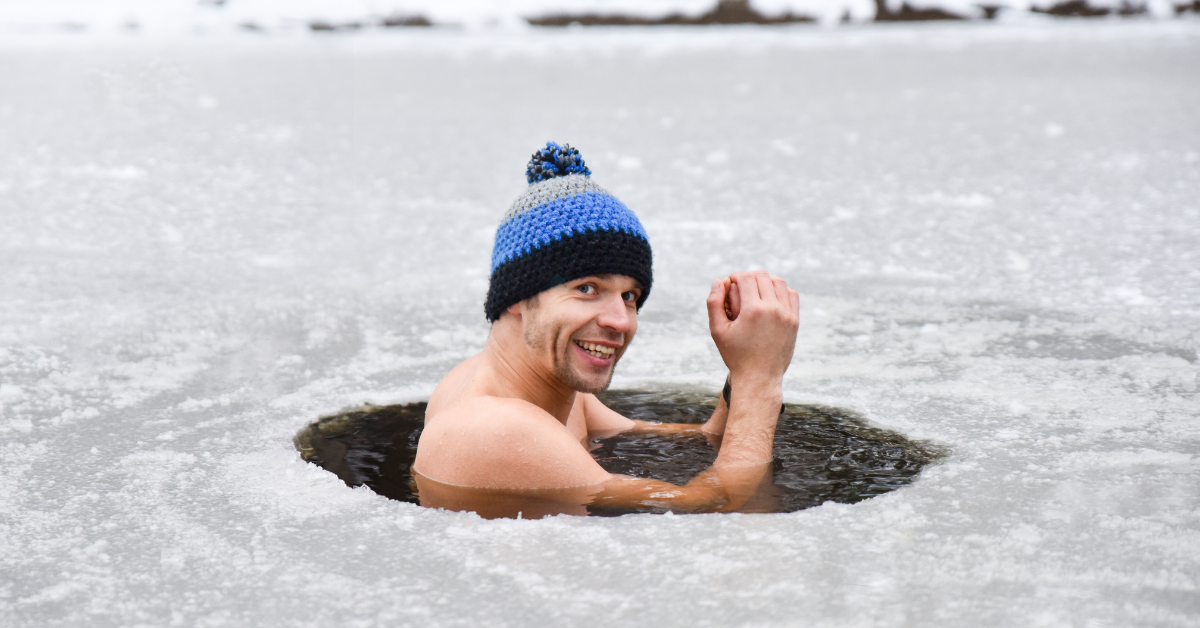
Proper preparation can help make your cold plunges safe and effective. Here are some tips to set yourself up for success:
Get used to cold showers - Train yourself to get used to the cold. Having a cold shower a day leading up to the point you get your own home cold plunge tub can help your body acclimate and avoid cold shock.
Take a warm shower beforehand - Heat up your body with a warm shower 5-10 minutes before cold plunging. Sudden cold exposure works best when you start fully warm.
Ease in slowly - Enter the cold plunge gradually rather than jumping straight in. Lower yourself step-by-step to allow your body to adjust.
Breathe deeply - Deep abdominal breathing helps calm your nervous system during cold exposure. Avoid hyperventilating, which can cause dizziness or fainting.
Dry off and warm up after - Towel off, then put on warm, dry clothing like a bathrobe. Move to a warm area and avoid getting chilled after your cold plunge.
Listen to your body - Get out immediately if you feel dizzy, weak, or experience pain or numbness. These may be signs it's time to stop.
With the right water temperature, duration, and frequency, just about anyone can learn to tolerate and benefit from cold plunging. Be sure to discuss cold water immersion with your doctor before beginning, especially if you have any health conditions or concerns. Start gradually and focus on finding your own optimal routine. With consistency over time, it is possible to boost muscle recovery, reduce inflammation, and take your health to the next level.
Optimizing Your Cold Plunge Routine
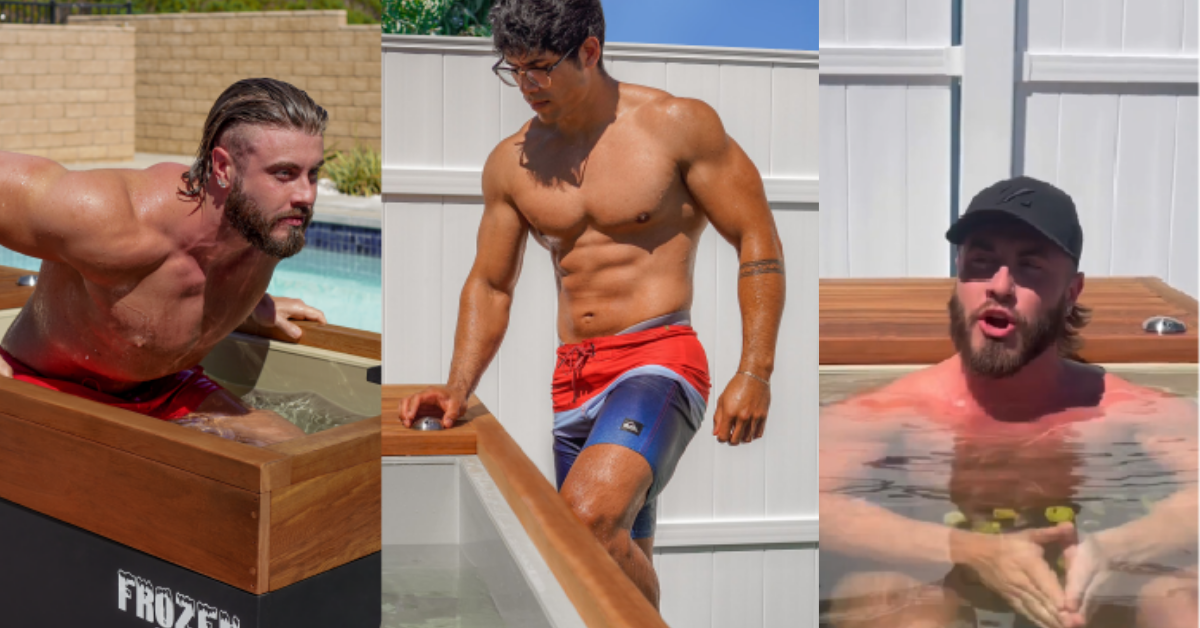
Once you understand the cold plunge basics, optimizing your routine is key to experiencing the full spectrum of benefits. Here are some expert tips for getting the most out of your sessions:
Add Whole Body Movement
Consider incorporating gentle movements to activate your muscle pumps and stimulate circulation before your cold plunge. Try walking around, swinging your arms, or doing shoulder rolls.
Focus on Deep Breathing
To optimize your experience during cold immersion, prioritize conscious deep breathing. Inhale slowly and deeply through your nose, allowing the air to fill your abdomen. Focus on long exhales through pursed lips, as this will effectively trigger the parasympathetic relaxation response.
Progress Gradually
Patience is vital when adopting any new wellness habit. Wait to increase plunge time or decrease temperature until your body fully adapts at your current level. Progressing too quickly can be counterproductive.
Combine with Contrast Therapy
Contrast therapy between hot and cold is powerful. Consider alternating short cold plunges with time in a sauna or steam room to stimulate your circulatory system. When you alternate between heat and cold, norepinephrine may increase, which is responsible for your mood, focus, and attention.
Stay Hydrated
Dehydration makes adapting to cold more difficult. Consume plenty of water before and after plunging to support your body's thermoregulation. Boost your diet with antioxidant and anti-inflammatory foods.
Listen to Feedback from Your Body
Learn to interpret the nuanced experience of cold plunging. Discomfort is expected, but pay close attention to signs of excessive stress like uncontrollable shivering.
Fine-tuning your individual approach takes some trial and error. But with meticulous attention and patience, you can craft your own perfect cold plunge ritual.
Who Can Benefit from Cold Plunging?
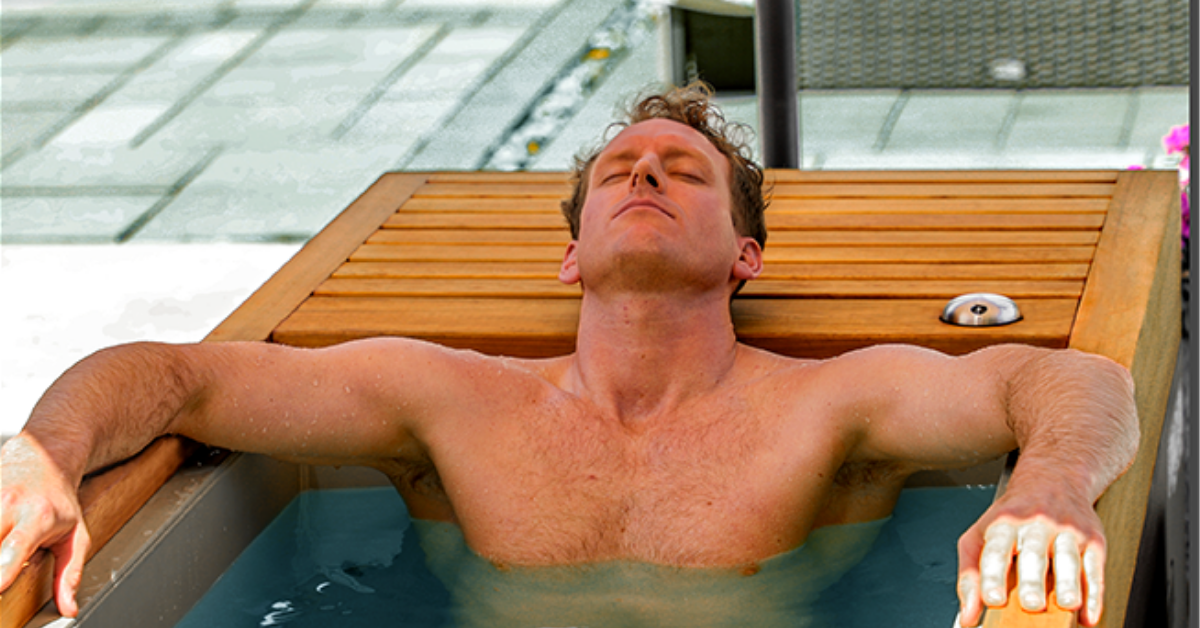
From elite competitors to desk-bound professionals, cold therapy serves a wide range of needs. Here are just some of the types of people who stand to benefit:
Athletes & Active Individuals
Ice baths are a staple for many serious athletes including professional footballers, rugby players, and MMA fighters. The cold aids exercise recovery by flushing waste products from muscles, reducing inflammation, and constricting blood vessels to ultimately deliver more oxygen and nutrients. But any active person can utilize cold plunging to help their body bounce back between workouts.
High Performers & Executives
The intense cold triggers the release of noradrenaline, enhancing focus and concentration. With regular cold exposure, your mind becomes adept at embracing discomfort and maintaining laser-like focus even under stress. This has led executives, entrepreneurs, and other driven professionals to explore and appreciate these valuable mental benefits.
Stressed or Burnt-Out Individuals
While initially uncomfortable, adapting to cold water can build resilience and reset your body's stress response. Cold plunging combined with deep breathing induces a sense of calm, providing much-needed relief for those feeling wired, exhausted, or overwhelmed.
Those Seeking Natural Pain Relief
Cold exposure induces numbness, which temporarily blocks nerve signals and provides pain relief. This effect can be particularly helpful for reducing inflammation when icing sore muscles or joints. However, it's essential to exercise caution and avoid aggravating any pre-existing injuries during this process.
Overall Health & Longevity Seekers
The allure of cold plunging lies in its potential for whole-body health gains, attracting numerous casual wellness enthusiasts. From bolstering immunity to improving cardiovascular conditioning, brief bouts of cold exposure act as a form of hormesis or "good stress," fostering positive biological adaptation. Through consistent practice, individuals can develop lasting resilience.
Choosing the Right Cold Plunge Tub for Your Needs
While the core premise of cold water immersion remains constant, plunge tubs themselves vary widely in size and features. Airpuria offers several cold plunge options to suit different spaces, budgets, and requirements being an authorized dealer of the innovative Medical Frozen™ series.
Medical Frozen 1™ Cold Plunge

The Medical Frozen 1 is the standard cold plunge model, accommodating individuals up to 6'1" and 275 lbs. With outer dimensions of 70" x 33" x 36", it can fit in most home environments. This lightweight unit comes equipped with a professional pump system, military-grade exterior shell, and a micron filtration system. No plumbing or special electrical needs are required for operation. The Medical Frozen 1 provides an affordable entry point to regular cold plunging.
Medical Frozen 4™ Cold Plunge
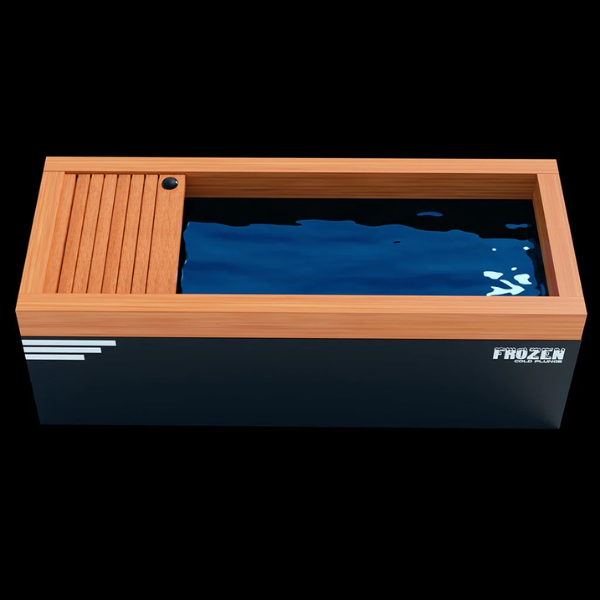
For those with additional space, the Medical Frozen 4 extra-large cold plunge extends dimensions to 80" x 34" x 39". It comfortably accommodates taller and larger individuals up to 6'6", 350 lbs, while holding more water for greater coverage. This model includes the same high-end features as the standard version. The extra size makes it ideal for commercial settings and facilities with ample square footage.
Medical Frozen 7™ Cold Plunge
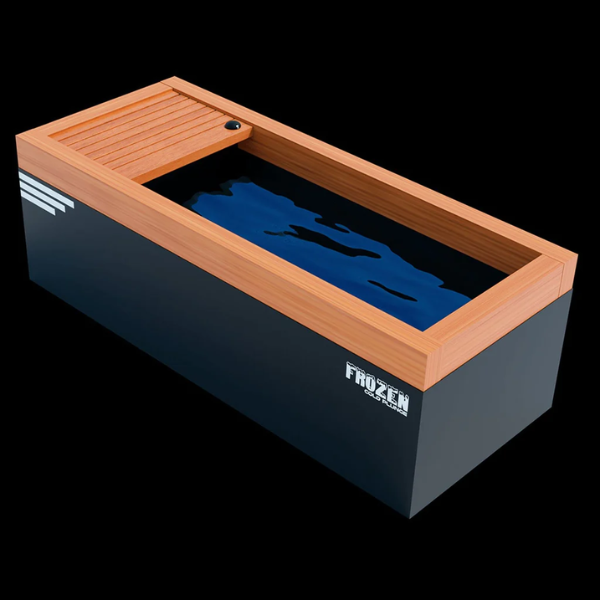
On the top end, the Medical Frozen 7 heavy-duty commercial cold plunge provides unmatched durability and performance. With the capability to handle continual daily use in gyms, spas, athletic centers, and other businesses, this rugged tub supports up to 6'7", 375 lbs.
The Time is Now to Discover the Power of Cold Plunging
As evidence for cold water immersion continues building, there's never been a better time to take the plunge. But to maximize safety and results, educate yourself on ideal protocols first.
We hope this comprehensive cold plunging guide from Airpuria empowers you to harness the practice for boosted fitness, focus, and overall well-being. Remember to start gradually, focus on alignment with your body's signals, and progress at your own pace.
Ready to acquire your own cold plunge and start leveraging the benefits of controlled cold exposure from home? Airpuria is an authorized dealer of adjustable cold tubs. These Medical Frozen™ cold plunge tubs are backed by a reputation for quality and service.
Frequently Asked Questions About Cold Plunging
Many people new to cold water immersion therapy have questions about how to maximize its benefits. Here are answers to some of the top cold plunging FAQs:
How much ice do I need for an ice bath?
You don't necessarily need ice to achieve the desired cold plunge temperatures. With an adjustable cold tub like the Medical Frozen series offered by Airpuria, you can dial in your preferred 50-60°F temperature. Adding ice can help cool the water faster but isn't a must.
Is it better to take a cold plunge indoors or outdoors?
Both indoor and outdoor tubs work well. Outdoor cold plunges immerse you directly in natural elements, which some prefer. However, indoor tubs allow more control over water temperature and comfort factors.
Should I do a cold plunge after working out?
Many athletes use ice baths for exercise recovery. Cold immersion therapy within 20-40 minutes after your workout can help reduce muscle soreness and inflammation. But cold plunging is effective any time of day.
Can I take a cold plunge if I have high blood pressure?
It's best to consult your doctor before cold plunging if you have a health condition like hypertension. Sudden cold exposure triggers blood pressure spikes in everyone. But with guidance, you may be able to adapt and benefit safely.
Will I get hypothermia from taking frequent ice baths?
Hypothermia is unlikely when you follow proper cold plunging protocols and limit your time in the water. But constantly feeling chilled in daily life may be a sign to cut back on plunging frequency.
How young can you start cold plunge therapy?
There is no specific age requirement. However, children's bodies adapt to temperature changes differently than adults. Consult your pediatrician before having kids try cold plunging.
How Airpuria Can Help You Cold Plunge at Home
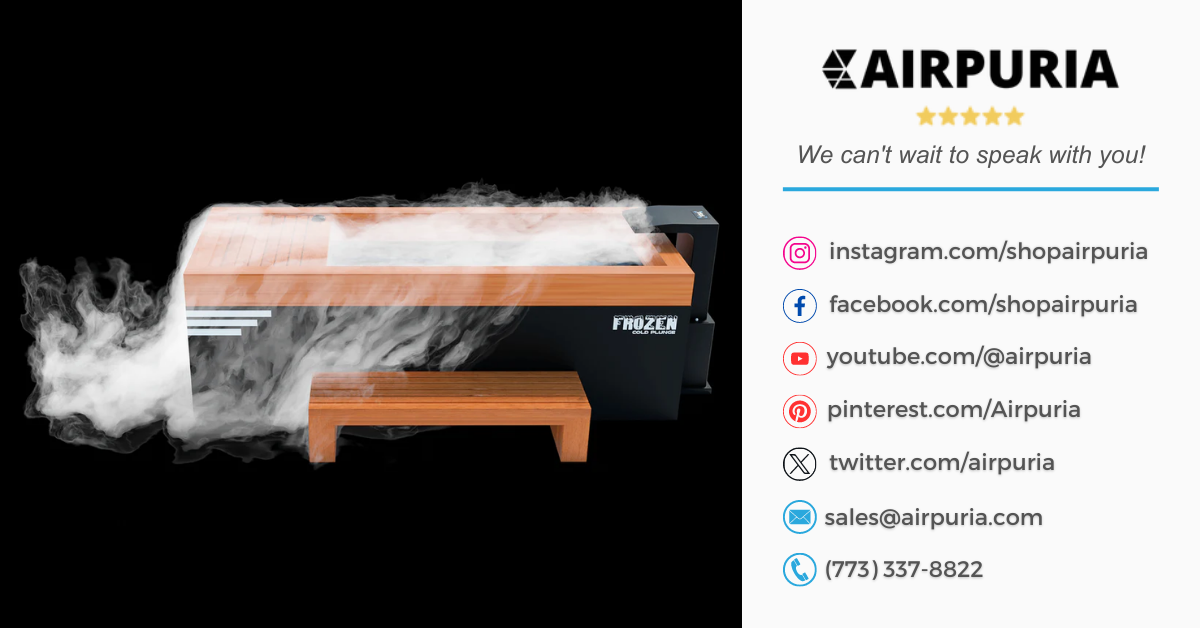
Seeking an efficient way to make cold plunging part of your self-care routine? Cold plunge products offered by Airpuria provide several advantages for home cold water immersion therapy:
Precise Temperature Control: Dial in your ideal cold plunge temperature down to the degree. Avoid painfully frigid water shocking your system.
Simple Plug-and-Play Setup: No plumbing or complex installation is needed. Self-contained cold plunge tubs offered by Airpuria require only a power source to operate.
Indoor or Outdoor Use: Position your cold plunge tub anywhere you like, whether inside your home for convenience or outside to be immersed in nature.
Low Maintenance Operation: Enjoy clean, fresh water always ready at your chosen temp. Advanced filtration eliminates refilling and drainage between plunges.
Variable Sizing Options: Choose the appropriate Airpuria cold plunge based on your space constraints and preferences, from standard tubs to extra-large and commercial models.
Financing Available: 0% interest financing options, for those who qualify, make purchasing a cold plunge unit easier.
Reputation for Quality & Support: Airpuria provides top-tier technology paired with exemplary customer service for your peace of mind.
Phone:
Email:
Investing in your own cold plunge setup allows you to experiment freely and find your ideal routine. Contact Airpuria today to discuss which cold plunge is right for your needs.

